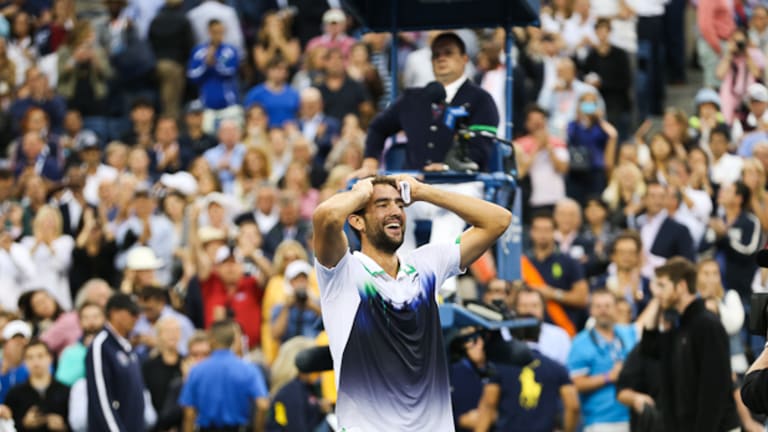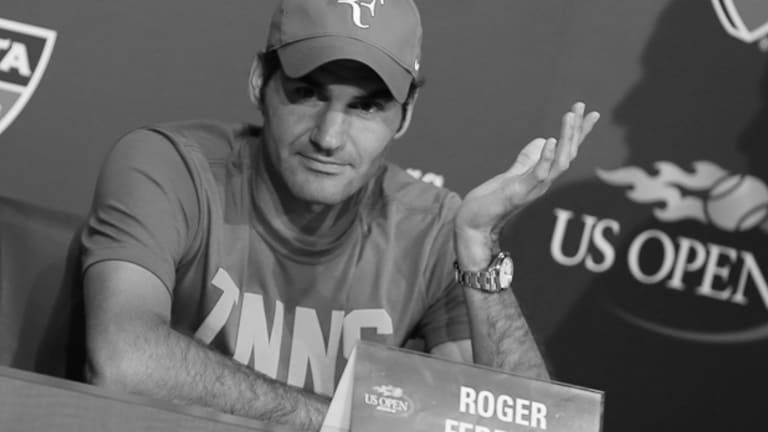NEW YORK— “For all those other players who are working hard, this is a big sign and big hope that if you are working hard things are going to pay off.”
This was the message that Marin Cilic sent out on Monday night to his fellow travelers on the lonely pro-tennis road. At 25, the Croat had just done what the vast majority of his tour mates will only dream about: Win his first Grand Slam title, by demolishing Kei Nishikori in three quick sets, 6-3, 6-3, 6-3. Cilic’s words were certainly more memorable than the one-hour, 54-minute match. While the Croat was very good in victory, Nishikori, energy-less, slump-shouldered, and error-prone from start to finish, was just as bad in defeat.
Cilic is one of the game’s nicest guys, and it was a surreal thrill to see the 14th seed celebrating a major title—he had never been to the final of one, and he had never beaten the man he straight-setted in the semis here, Roger Federer, in five tries. But if the ATP was looking for an advertisement for the post-Big 4 era, which may or may not be starting as we speak, this was not it. Less than half an hour into the match, a fan in the upper deck called out, cheers and laughter, “Allez, Roger!” He was echoed two sets later by a hoarse bellow of “Vamos Rafa!” This time, though, for the first time in nearly 10 years, the Big 4 weren’t walking through that door.
The question on many people’s minds is whether the decade-long era of top-down domination by Novak Djokovic, Rafael Nadal, Andy Murray, and Federer has finally drawn to a close. There are plenty of signs that point in that direction. This was the first Grand Slam not to feature at least one of those players since 2005. And this season was the first since 2003 in which two of the majors were won by other players—Stan Wawrinka at the Australian Open, and now Cilic at Flushing Meadows. Beyond that, it’s difficult at the moment even to justify the term Big 4 when the fourth member, Murray, is about to drop out of the Top 10 for the first time since 2008.


